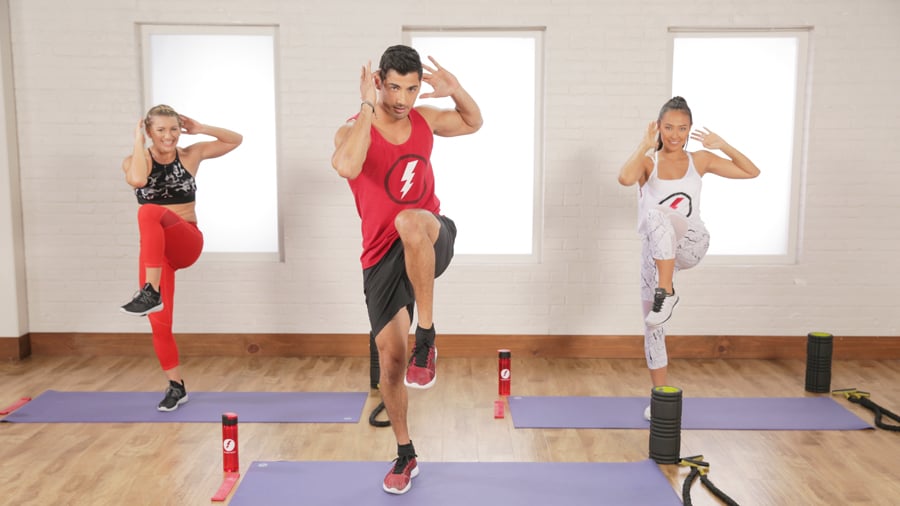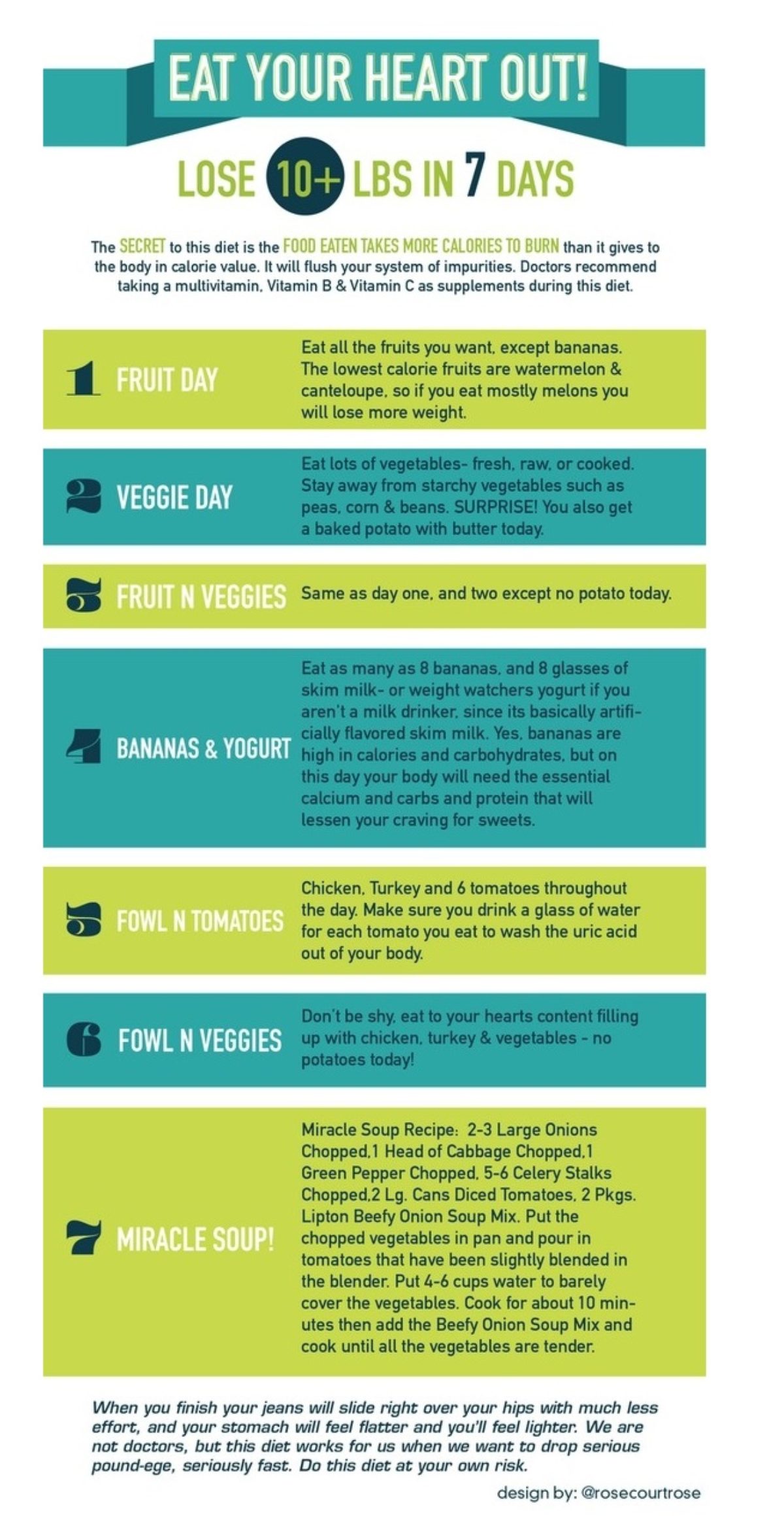
Your cardiovascular system is an important part of losing weight. Cardiovascular endurance helps you burn calories more efficiently and is crucial for your overall well-being. It is dependent on the activity that you choose to do. However, your aerobic fitness level will vary. Moving at a moderate speed is best. Resistance training is a great way to lose weight and has many other health benefits. It also helps to burn lots of calories.
Keep a moderate pace
Walking at an easy pace can help burn fat while increasing your heart rate. This reduces the risk of injury. While walking is not difficult, it's important to maintain a proper posture while walking. You should keep your chin up and shoulders square, with your core activated and your back straight. Your glutes must be engaged at every step. Roll forward, balancing on your heels, and pushing your toes off the ground.

You can walk in a fasted state
Research has shown that even walking at a slow pace can help burn fat. But, these benefits remain largely untapped. Many studies focus on highly-trained people who use specialized equipment to do intense exercise. However, it has yet to be determined if the same exercise could be done by a wider population. Brisk walking is a popular choice of exercise for the general public. Although there have not been many studies, it is possible to walk faster if you are hungry.
Move in a fat burning zone
The "fat burning zone" is an area in your body that burns more fat than usual. The fat-burning zone is defined as the heart rate between 55 and 65 percent of your maximum heart rate, which is the same as your age minus two. Although walking at a moderate pace may be good for your physical well-being, you should aim to lose weight by moving faster.
To burn more calories, walk in a fasted state
Do your walking before you eat breakfast if possible. This way, you'll experience a super-quick session that will help you burn more calories and fat. Fasting will also increase your metabolism rate, which can help you burn more fat. British researchers have discovered that walking before breakfast activates genes related to weight control and reprograms the body to lose fat.

Do not overload your training to lose more calories
Walking is a great way to lose belly fat. Visceral Fat, also known by belly fat, is responsible for increasing your waist size and increasing your risk of heart disease and diabetes. Walking at a moderate-fast pace is the best way to maximize your energy expenditure. You can also increase the intensity of your walk by climbing stairs or speeding up. Walking on a level surface can be more tiring than walking on a hard surface. It is better to alternate between fast and slow speeds.
FAQ
Why lose weight when you are 40 years old?
Maintaining health and fitness is the most important thing for people over 40. It is vital to find healthy ways to stay active throughout your lifetime. This means regular exercise and eating healthy, as well as not smoking and moderate alcohol.
It is also crucial to recognize the fact that our bodies age. Our bones start to weaken, and our muscles start to shrink. By taking care of our bodies, we can slow the aging process.
There are many benefits to staying healthy and fit as we age. These include:
-
Better sleep
-
Better mood
-
Increased energy levels
-
Lower risk for cancer
-
A longer life
-
More independence
-
Better sex
-
Memory that is better
-
Better concentration
-
Greater circulation
-
Stronger immune system
-
There are fewer aches and pains
What Amount Of Exercise Is Needed For Weight Loss?
The amount of exercise needed for weight loss depends on several factors, including age, gender, body type, and how much you weigh. However, the majority of people require at least 30 minutes of moderate exercise five days a week.
The American College of Sports Medicine recommends 150-minutes of moderately intense aerobic activity every week. It should be spread over three separate days.
For example, if you want to lose 10 pounds, aim to do 300 minutes of moderate-intensity exercise each week. This includes activities such as brisk walking, swimming laps, biking, dancing, playing tennis, golfing, hiking, jogging, running, and other similar activities.
For those just starting out, you might consider 20 minutes of vigorous activity every other week. These activities could include sprints and lifting weights.
Aerobic exercise can help burn calories as well as build muscle mass. Muscles can burn more calories that fat. You may be able to achieve your goal quicker by building muscle and losing fat.
Can I eat the fruits of my intermittent fasting diet?
You can't go wrong with fruits. They are rich in vitamins, minerals and fiber. They also contain sugar, which can lead to blood glucose levels rising. This can cause insulin resistance and weight gain. If you are looking to lose weight through an IF diet you need to choose low glycemic-index fruits such as oranges, pears, berries and melons.
How to create an exercise program?
The first step is to create a routine for yourself. You should know what you will do each week and how long. This helps you plan and prevents procrastination.
A second important thing to do is ensure you have lots of variety when it comes to your exercise routine. Avoid becoming bored with exercise. If you do, it will be difficult to keep going.
Keep track of your progress. It's important that you keep track of the weight you have gained or lost over time.
If you start off by losing weight, it's easy to lose motivation if you don't gain any additional weight. It's harder to stay motivated if you gain too many pounds.
It is important to find the right balance between weight gain or weight loss. If you are unhappy with your current situation, you will be less inclined to exercise.
Can cardio exercises help me lose weight quickly?
Cardio exercises are great for burning calories and helping you lose weight. It depends on how fat you have and what exercise you do.
If you're obese, cardio exercises might not be enough for you to shed those extra pounds.
They should be combined with other types of exercise and dieting.
For instance, if you want to lose weight fast, you should perform cardio exercises like jogging or running. These exercises burn more calories than any other form of exercise.
You must train resistance if your goal is to gain muscle instead of losing weight. Resistance training involves using free weights, machines, bands, elastic bands, etc.
For fast weight loss, combine cardio with resistance training.
Combining cardio and resistance training is a great way to quickly lose weight.
Statistics
- Another study found that 24 weeks of weight training led to a 9% increase in metabolic rate among men, which equated to burning approximately 140 more calories per day. (healthline.com)
- A 12-week study in 20 women with obesity found that walking for 50–70 minutes 3 times per week reduced body fat and waist circumference by an average of 1.5% and 1.1 inches (2.8 cm), respectively (healthline.com)
- Among women, the increase in metabolic rate was nearly 4%, or 50 more calories per day (14Trusted Source (healthline.com)
- One study in 9 active men found that HIIT burned 25–30% more calories per minute than other types of exercises, including weight training, cycling, and running on a treadmill (18Trusted Source (healthline.com)
External Links
How To
How to Intermittent Fasting
Intermittent fasting, a type of dieting that allows you to only eat one time per week, generally Monday through Friday. This diet aims to lower your overall calorie intake, while still ensuring you get enough nutrition. This is believed to help you burn more fat than if your meals were regular throughout the week.
The most common form is to limit calories for certain days. This means that you would skip breakfast every morning and then consume whatever food you want during the rest of the day. You could choose to eat three small meals per day rather than two big ones.
There are many forms of intermittent fasting. Each type of intermittent fasting has its pros and cons. Alternate-day fasting is the easiest method to get started because it doesn't require any significant lifestyle changes. But, there are some people who find it hard to follow such a strict schedule. These people might prefer to try different methods.
If you are interested in starting an intermittent fasting regime, I recommend beginning with alternate-dayfasting. This will allow to slowly transition to more extreme fasting regimens without drastically changing your lifestyle.